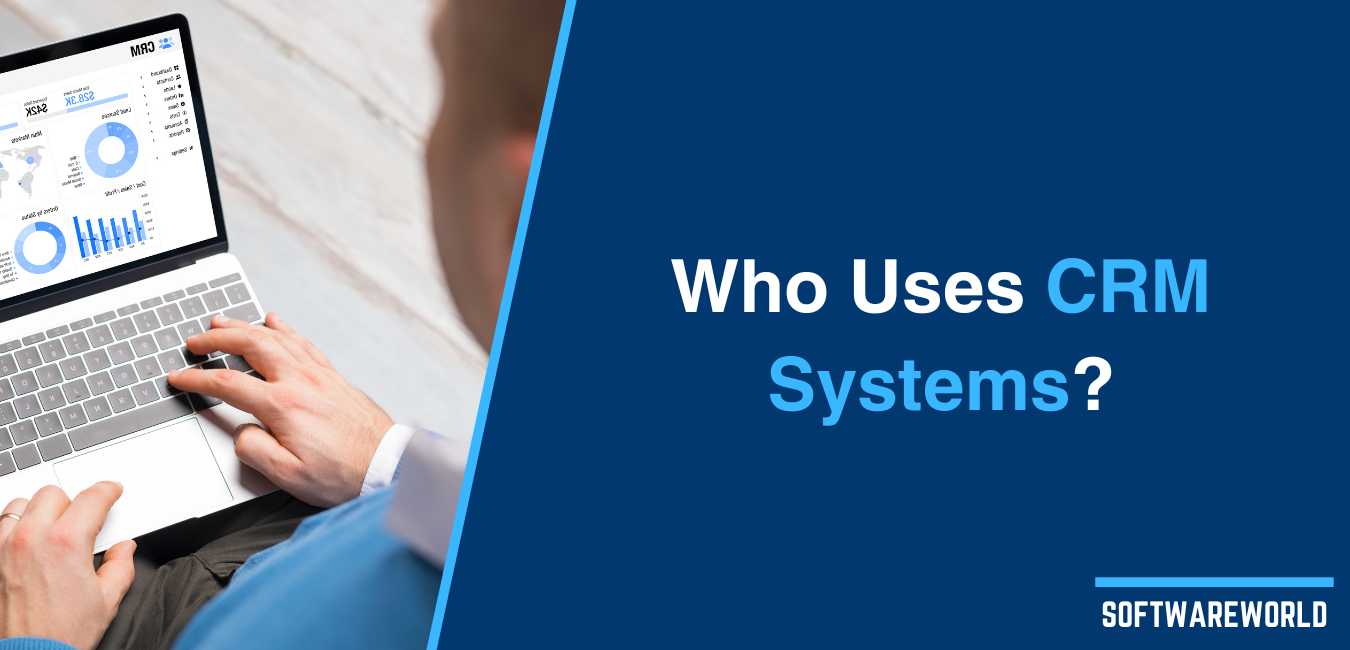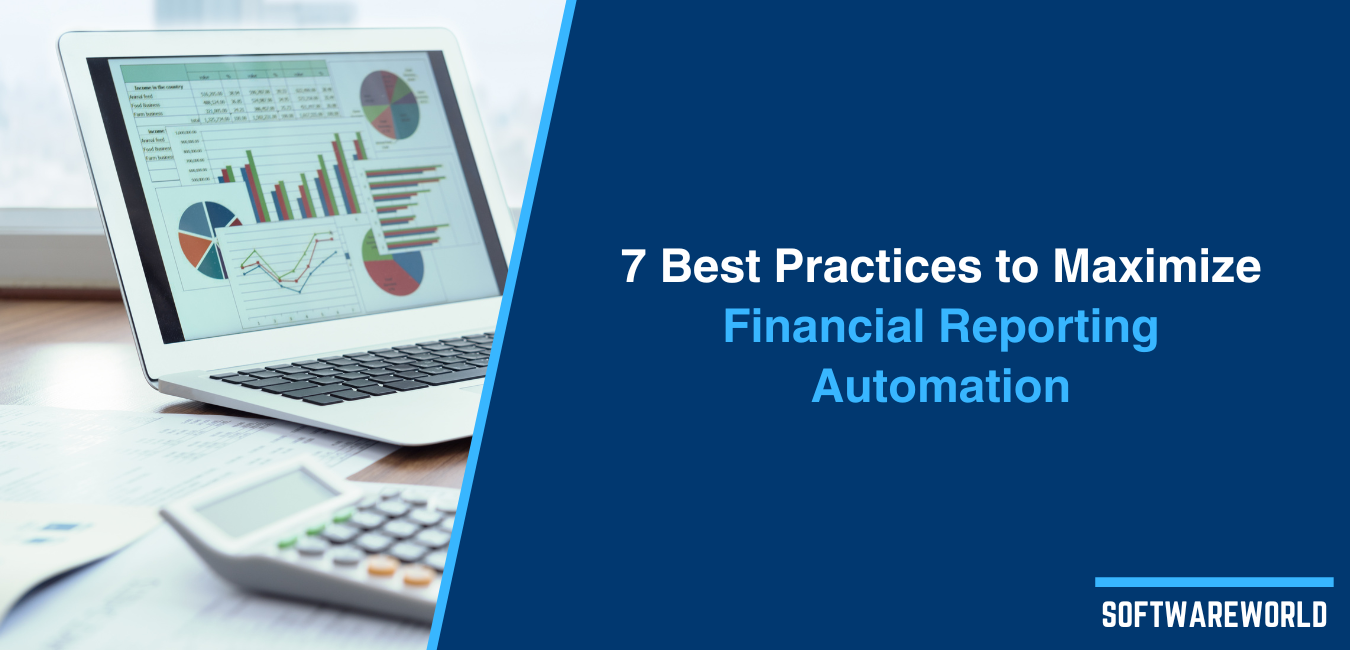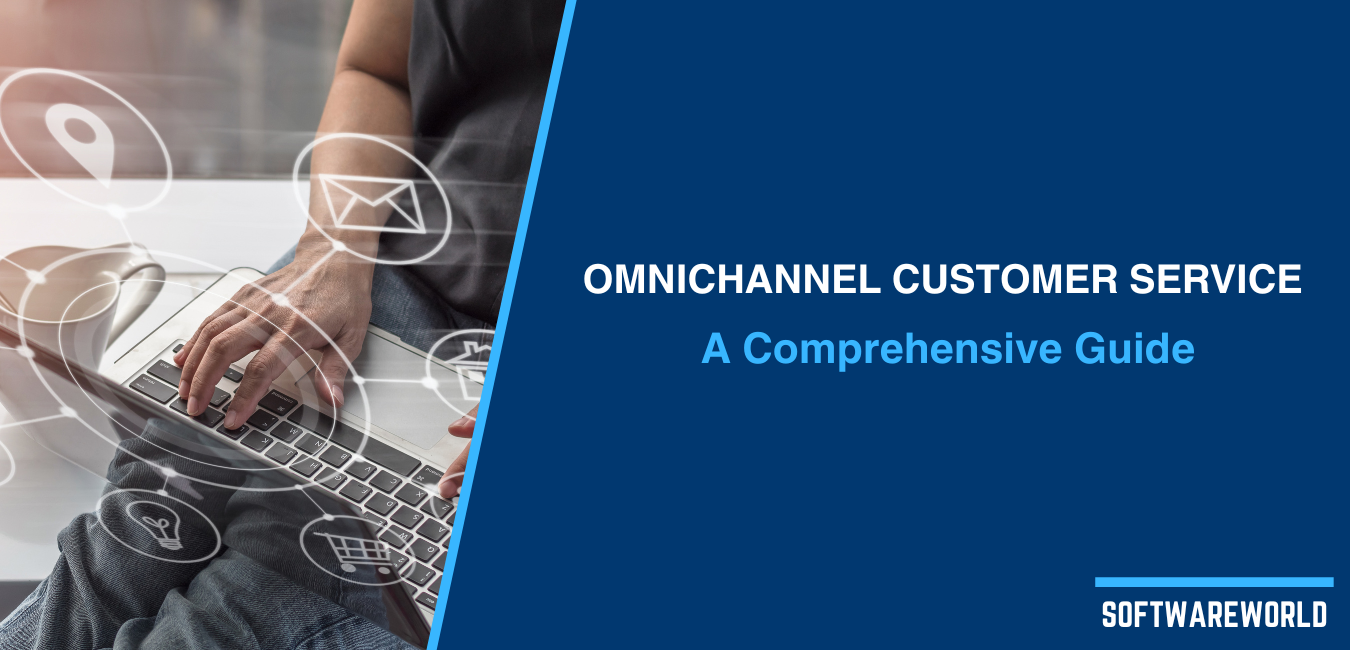Table of Contents
In this Article
» Influencer Marketing Stats
» What Can Automation Do for Influencer Marketing?
» Challenges of Influencer Marketing Automation
» How Automation Can Help Influencer Marketing
» How to Strike the Perfect Balance for Automating Influencers
» Final Words
Automation has been integral to digital marketing for years now. From email and social media, to SEO services and data analysis, marketers have integrated some level of automation to make different processes more efficient.
And with influencer marketing remaining as one of the top strategic choices in marketing, it is wise to ponder how automation can help boost it as well. This article discusses the challenges of automation influencer marketing, how it can help, and how you can strike a balance.
Influencer Marketing Stats
Before we dive into influencer marketing automation, take a gander at these stats:
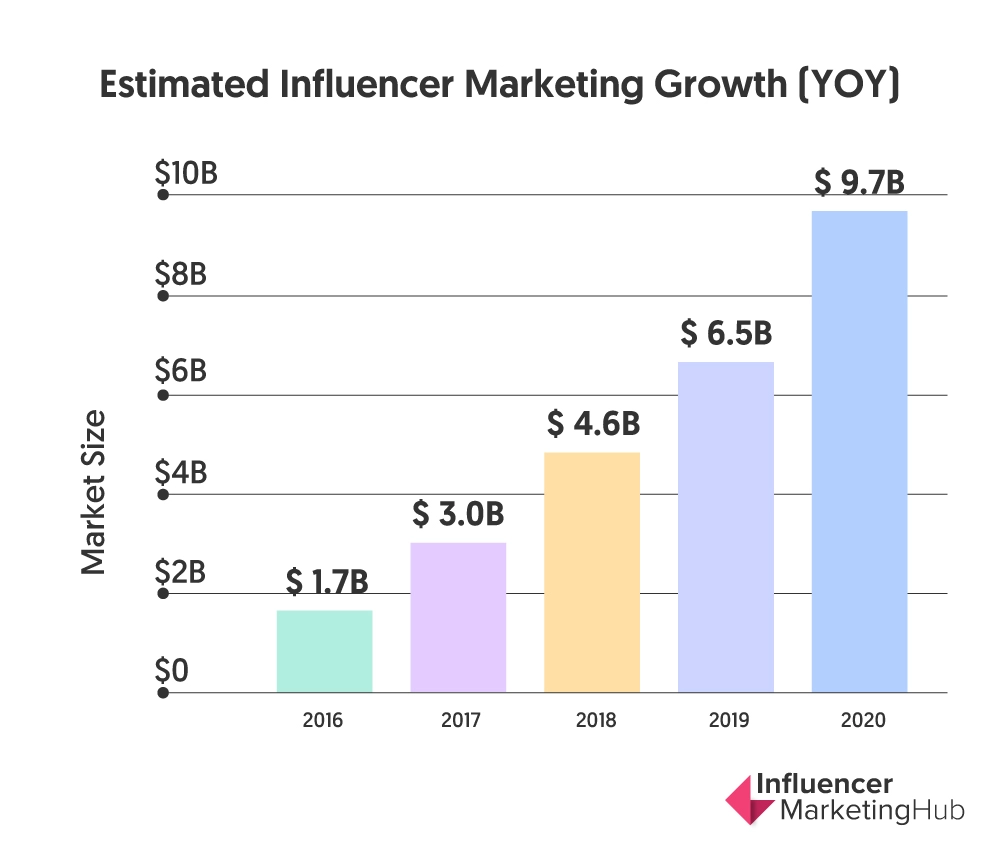
» According to Influencer Marketing Hub’s report, the industry is set to grow to $9.7 billion in 2020.
» In 2019 alone, there were more than 380 new influencer marketing-focused agencies and platforms established.

» The average earned media value per $1 spent is now pegged at $5.78, making it one of the more profitable platforms in terms of ROI. As such, larger companies have nearly doubled the number of creators activated per campaign in the past two years.

» 75% of marketers are staying vigilant with fake followers and fraud, however, only 20% have claimed to have experienced influencer fraud in their campaign.
What Can Automation Do for Influencer Marketing?
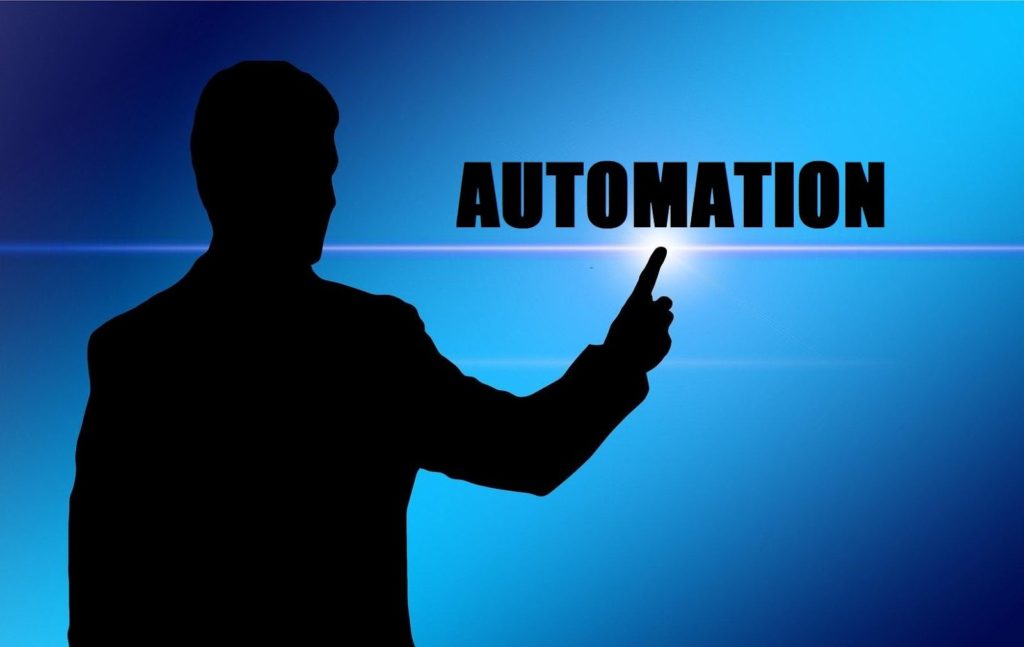
Image source: Gerd Altmann from Pixabay
To start off, influencer marketing automation refers to the use of software to automate the manual work in tasks like influencer selection, outreach and other types of communication, campaign optimization, and in some cases, even the creative strategy behind sponsored content.
In theory, what this does goes beyond making influencer marketing easier to execute, it also improves both the performance and scale of influencer promotions. But, because at the core of influencer marketing is the relationships fostered by the human touch, fully automating it presents a unique set of challenges.
Challenges of Influencer Marketing Automation
Marketers are wary of letting an AI software take full control of influencer marketing campaigns mainly because there are several moving parts that need to be addressed by human eyes. These include:
› Sifting through thousands of influencers to find the right one for the brand (in terms of things like audience, messaging tone, values, etc.)
› Outreach
› Setting up contracts and other agreements
› Collaborating on a creative strategy
› Dealing with talent management
Unlike other strategies like Google Ads, and to a lesser extent, email marketing, where you can basically set it up and just allow it to bring in results, launching a series of sponsored posts often requires hands-on labor for it to truly resonate with the target audience. How many times have you mindlessly scrolled past a sponsored post because it sounded too much of a hard-sell and less of the personal tone people are used to from influencers.

Compare the above post to the one below.

While you might notice the higher number of likes, AI in its current form just lacks the strategic resources humans have gained through years of experience - both in terms of engaging with real people and lessons learned.
Additionally, humans are quick to detect fake followers, inflated engagement, and inauthentic messaging. This means that at least when it comes to creative conceptualization and execution, automation cannot yet be trusted to produce campaigns that deliver good user experiences that adhere to the very ethos of influencer marketing.
How Automation Can Help Influencer Marketing
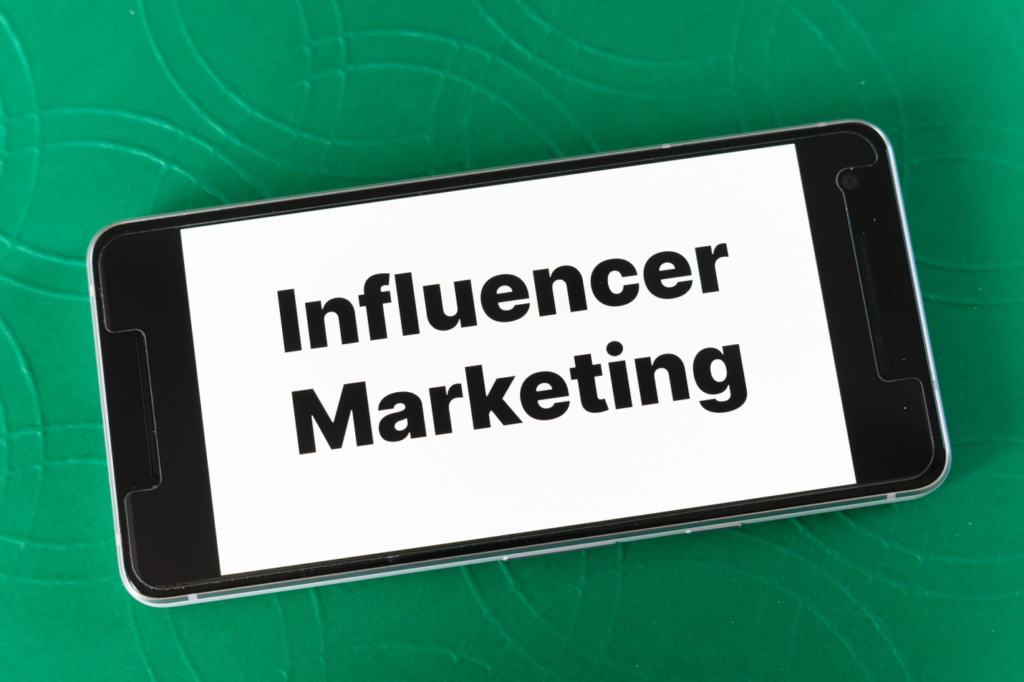
Image source: Markus Winkler from Pixabay
There are self-service tools that enable brands to login to the platform and more easily manage the more time-consuming elements of influencer marketing. These could include things like influencer selection, and running post-campaign reports and analytics.
Meanwhile, turn-key programs also offer the above (and more) while requiring minimal setup, management, or configuration of the campaign. Things like matching, communication, and program management are automated through the platform, which are then complemented by dedicated influencer success teams.
How to Strike the Perfect Balance for Automating Influencers
As you’ve seen above, the question is not if some form of automation can be helpful for influencer marketing campaigns, but how to strike the perfect balance. Below is a simple guide to doing so.
#1. Understand what you Need
As with anything, you can’t jump into automation without fully understanding what you need. Different tools specialize in different aspects of influencer marketing, so if it's the efficiency you’re shooting for, you also need to be efficient with understanding what goals you’re hoping to achieve.
Do you need help finding influencers and reaching out to them? Maybe it’s the communication process you wish to streamline? Or perhaps, you need more comprehensive tools to help you each step of the way. Depending on your resources and the scale of your campaign, understanding what you need automation for should be the first step.
#2. Data-driven Research and Booking of Influencers
Automation is perhaps most beneficial to influencer marketing during the research and booking phase. Using target audience criteria such as location, gender, age, and interest, a software can dozens and up to hundreds of influencers that fit the selected criteria.
Additionally, the software can use millions of data points to analyze the target audience of an influencer, delivering with much greater precision the suitability of influencer than manual analysis can. When you’re able to identify and book an influencer faster, you have more time to A/B test, personalize campaigns and even see where it all fits in your web development.
#3. More Efficient Communication
With automation software, you can create predefined message templates to make your communication with influencers not only faster but also more coordinated. You can also easily modify these for different campaign types, with multiple influencer marketing campaign managers having access to a central communication system.
#4. Branding Coherence and Consistency
Branding consistency is key, but with influencer marketing, so is coherence, particularly when you’re dealing with a number of influencers. In this regard, automation is useful because of its predefined post templates and campaign briefs.
With set templates, influencers are given detailed instructions for what and how to post. This alleviates misunderstandings and makes back and forth communication more efficient. When influencers are clear on what is expected of them, they can focus more on content creation.
#5. Avoid Influencer Fraud
Automation platforms can prevent wastage of resources on fraudulent influencers by checking follower growth rate and engagement rate. A system can quickly identify suspicious behavior, flagging individuals, and leaving them out of results.
#6. Analyze Results from a Central Location
Just as all communication can be stored in one place, the same can be done for the analysis phase. All the metrics from all the different posts from different campaigns can be accessed in a central location. This allows for easier analysis and optimization, while also making data more transparent to the entire team, taking the guesswork totally out of the equation.
Final Words
The growing distrust of brands and branded messaging was what led to the shift of power to influencers. It started as a raw, more genuine exchange between influencers and their audiences. And while the industry has evolved these personalities into their own brands, a lot of them still maintain the relationships they have with their audiences.
And though that very human element is what makes full automation of influencer marketing tricky, if not impossible, there are still aspects of the strategy that can benefit from automation. When you understand which of those aspects you can afford to automate, you might just be able to strike the perfect balance between automation and the human touch.

